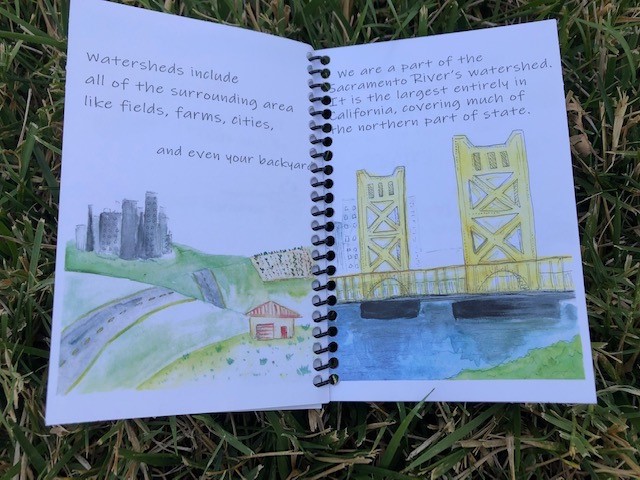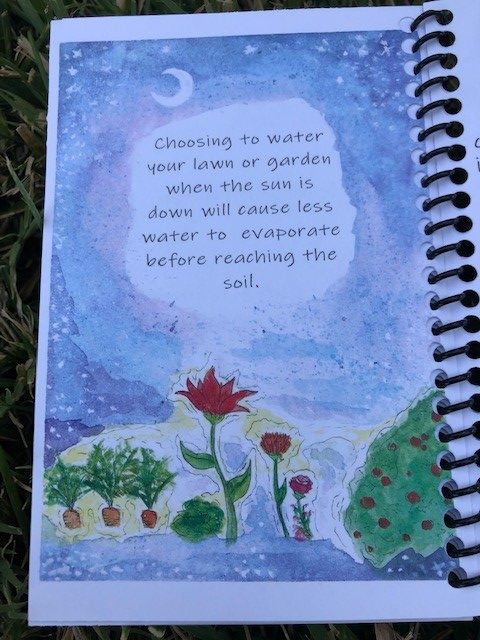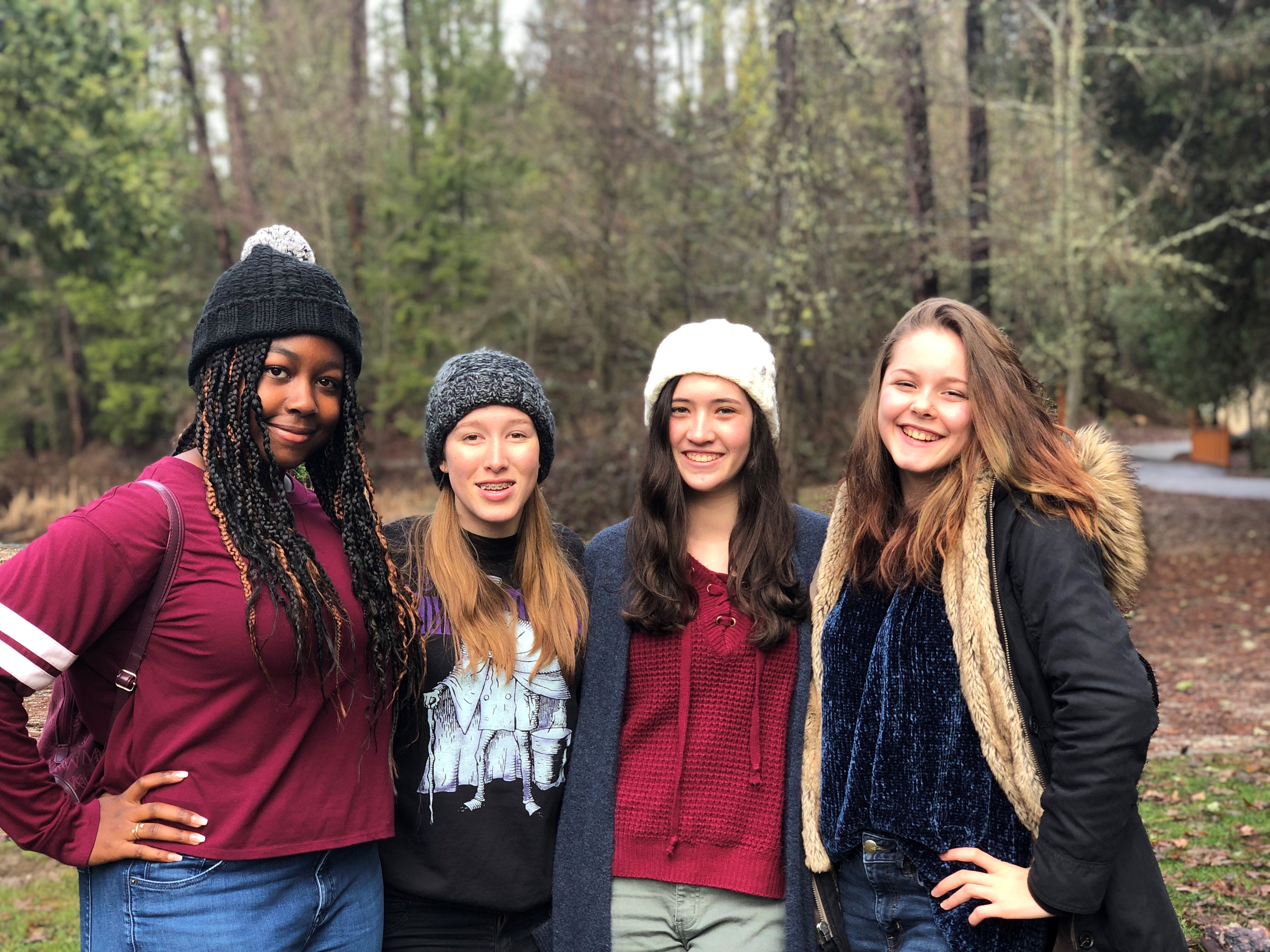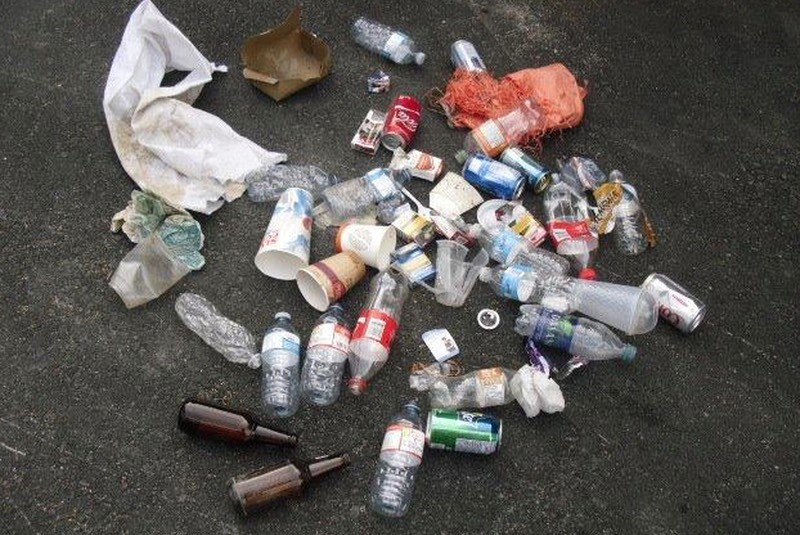2019, Sacramento, California, USA
After learning about issues related to urban storm water runoff, Suad Abdan and Elizabeth Meads spent time researching ways to address this concern is their local watershed. They learned that a well-placed rain garden can serve to help “slow the flow” of runoff, to help water infiltrate into the soil and recharge groundwater, as well as provide habitat and food for insects and wildlife. They also liked the idea of creating something aesthetically pleasing that had so many environmental benefits.
Suad and Elizabeth spent time during the winter surveying their campus for an appropriate location for a rain garden. They chose a low spot where water seemed to drain to from the campus right before the water would flow onto the road and into the storm drain.
They chose a variety of plants that develop deep root systems, were able to tolerate seasonal inundation with water, but also survive dry periods. While their garden was relatively small, both girls learned a lot about the design and process of installing these rain gardens and how they can serve as tools to reduce storm water runoff.
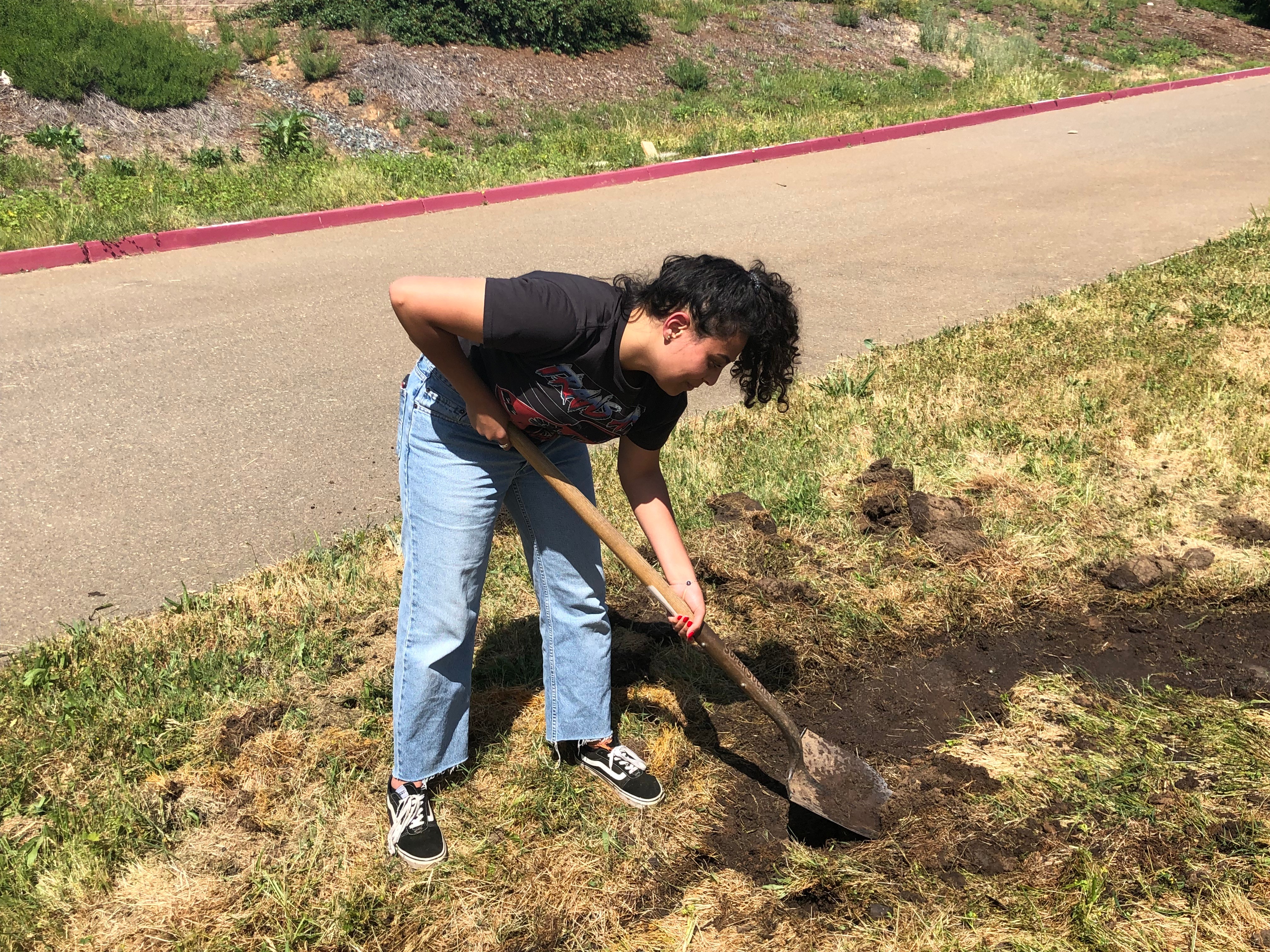

Their demonstration project will be a learning tool for the garden class at George Washington Carver High School, who will monitor the garden to see how it is performing after the plants have established and grown over the next year. Caring for Our Watersheds funds help purchase plants and mulch for the garden.
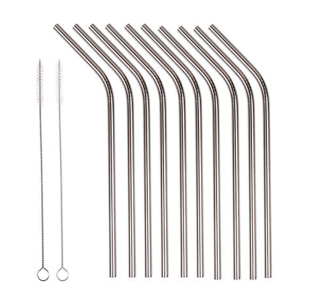
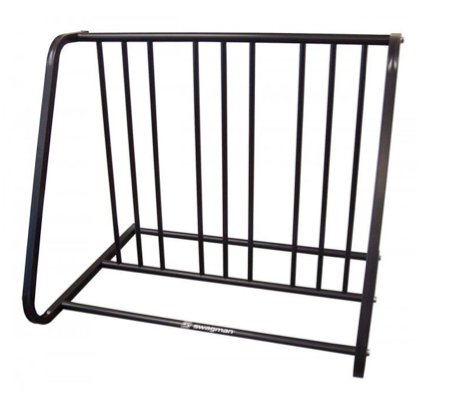

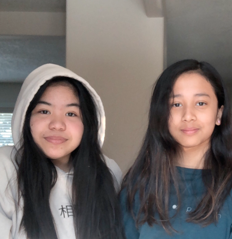
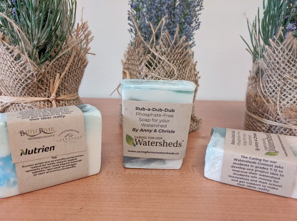
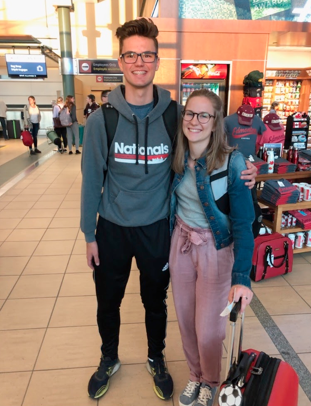
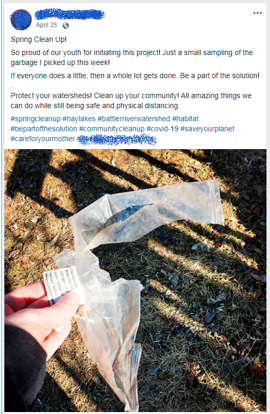
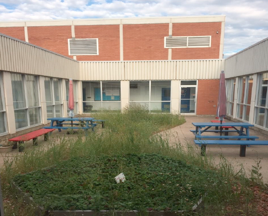
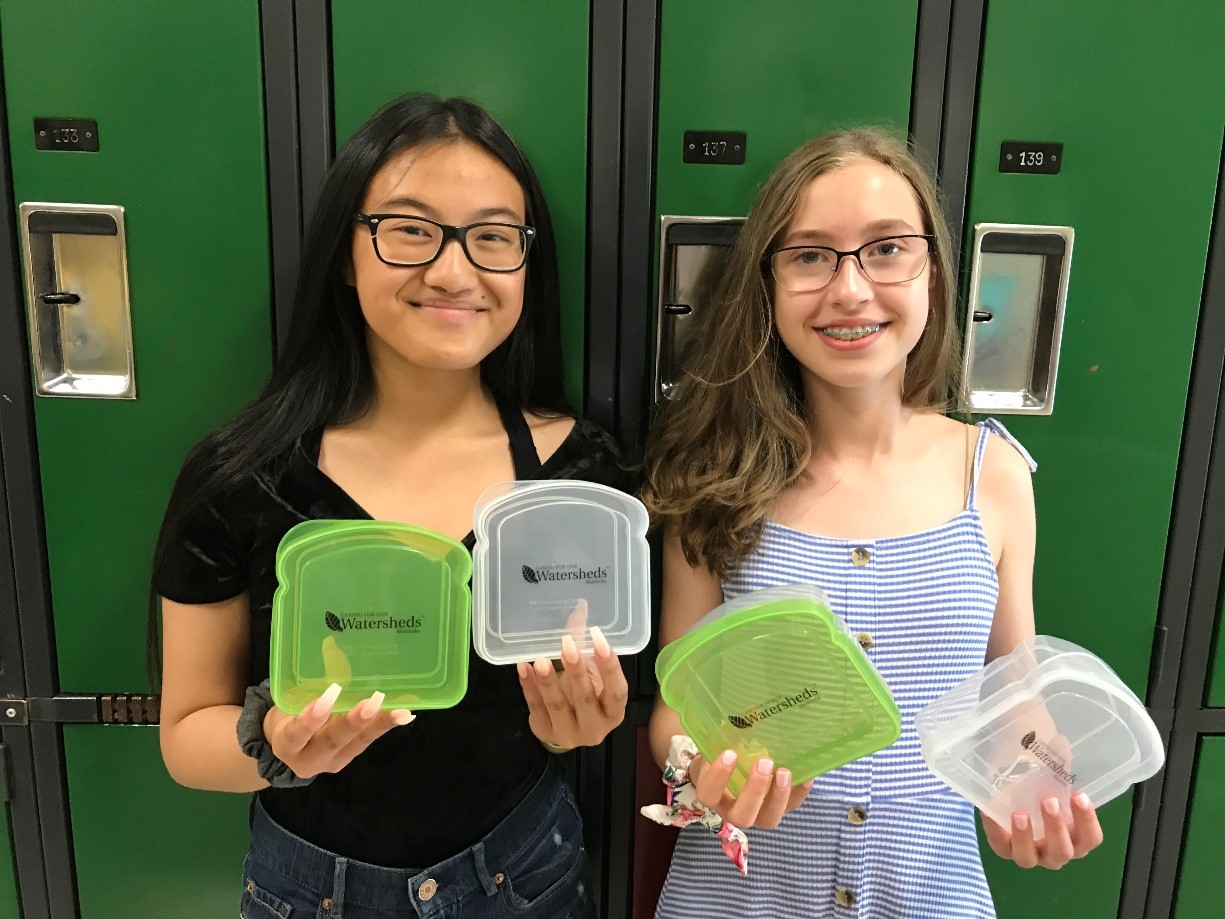 2019, Winnipeg, Manitoba, Canada
2019, Winnipeg, Manitoba, Canada


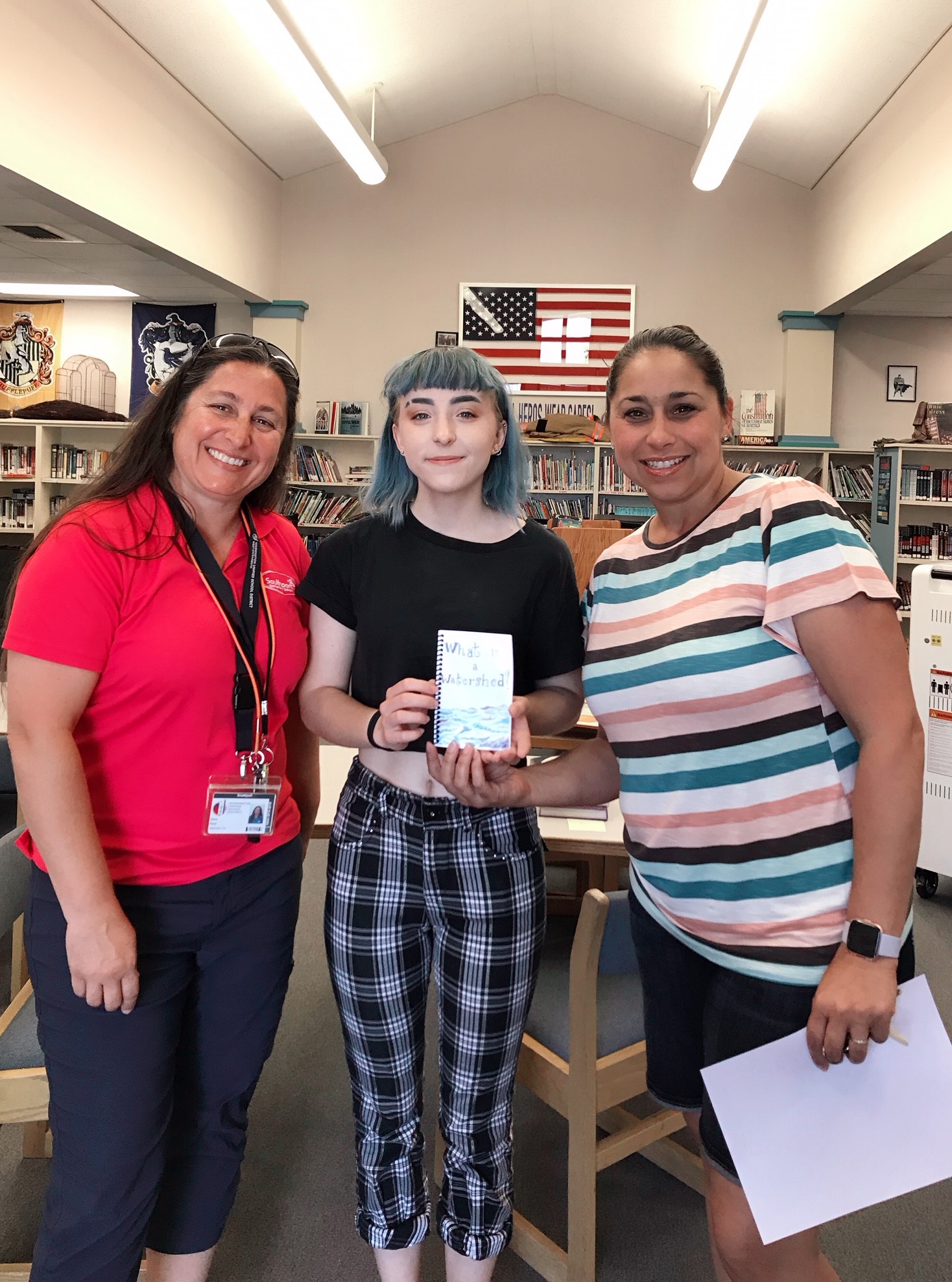 2019, West Sacramento, California, USA
2019, West Sacramento, California, USA